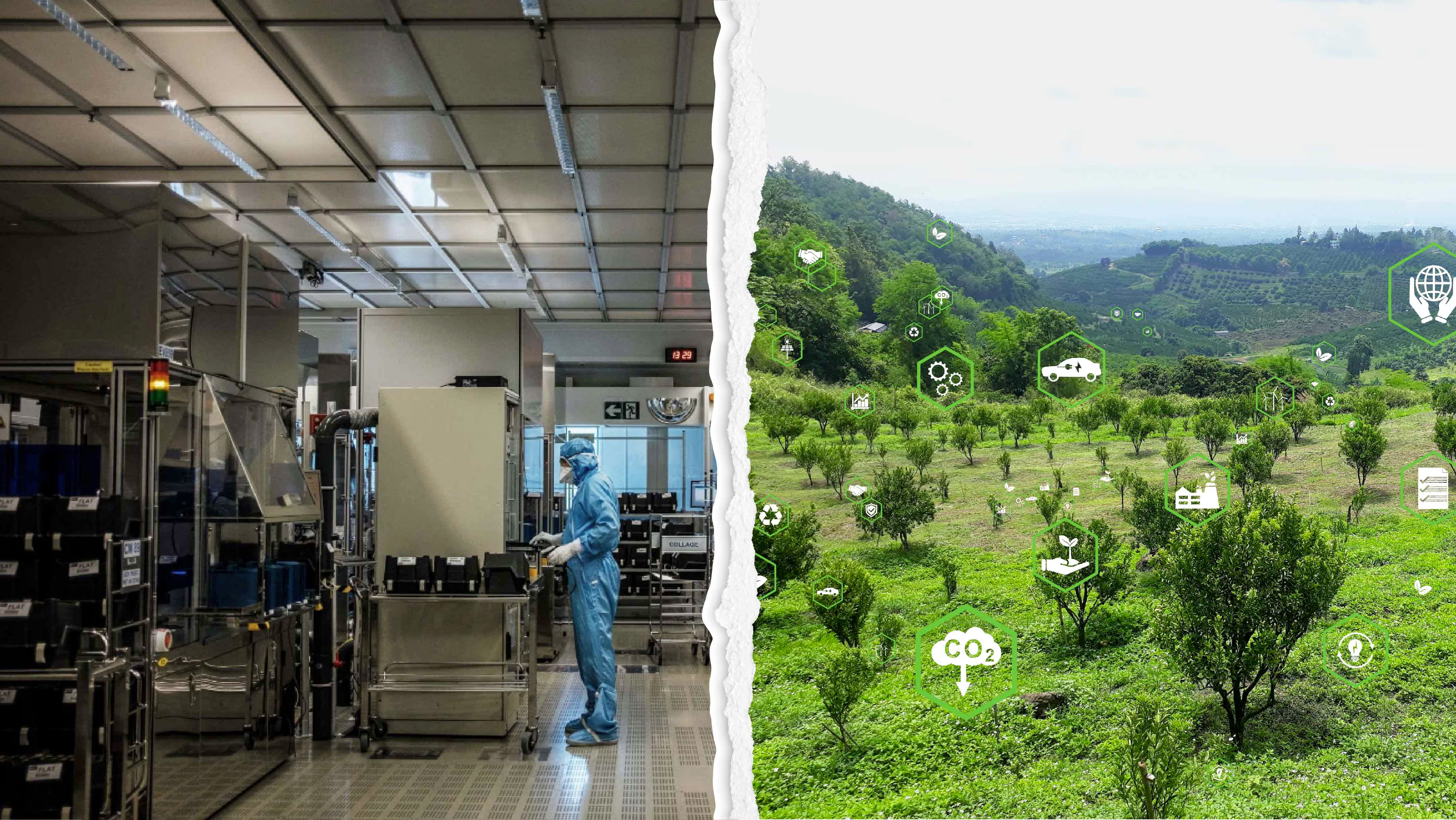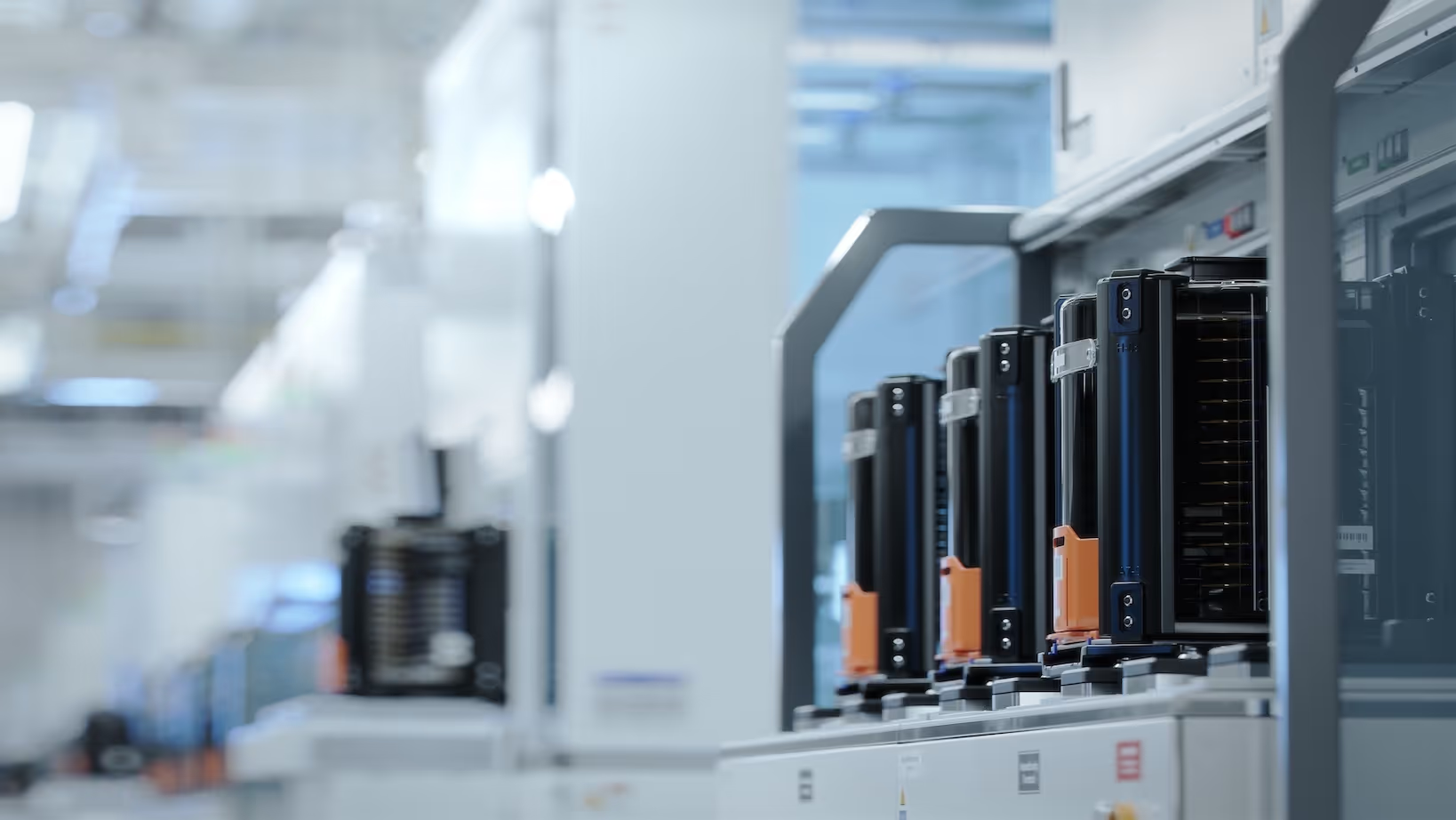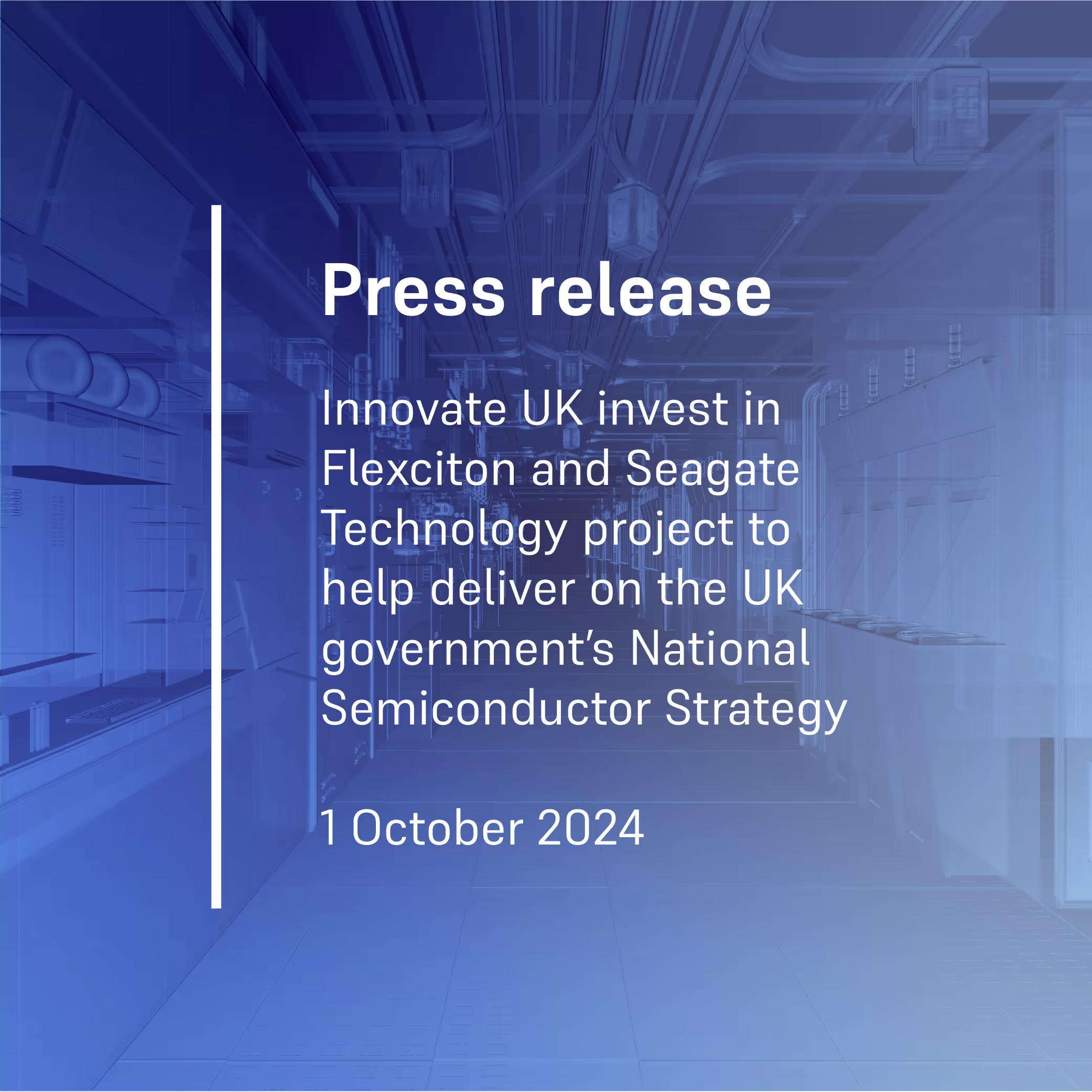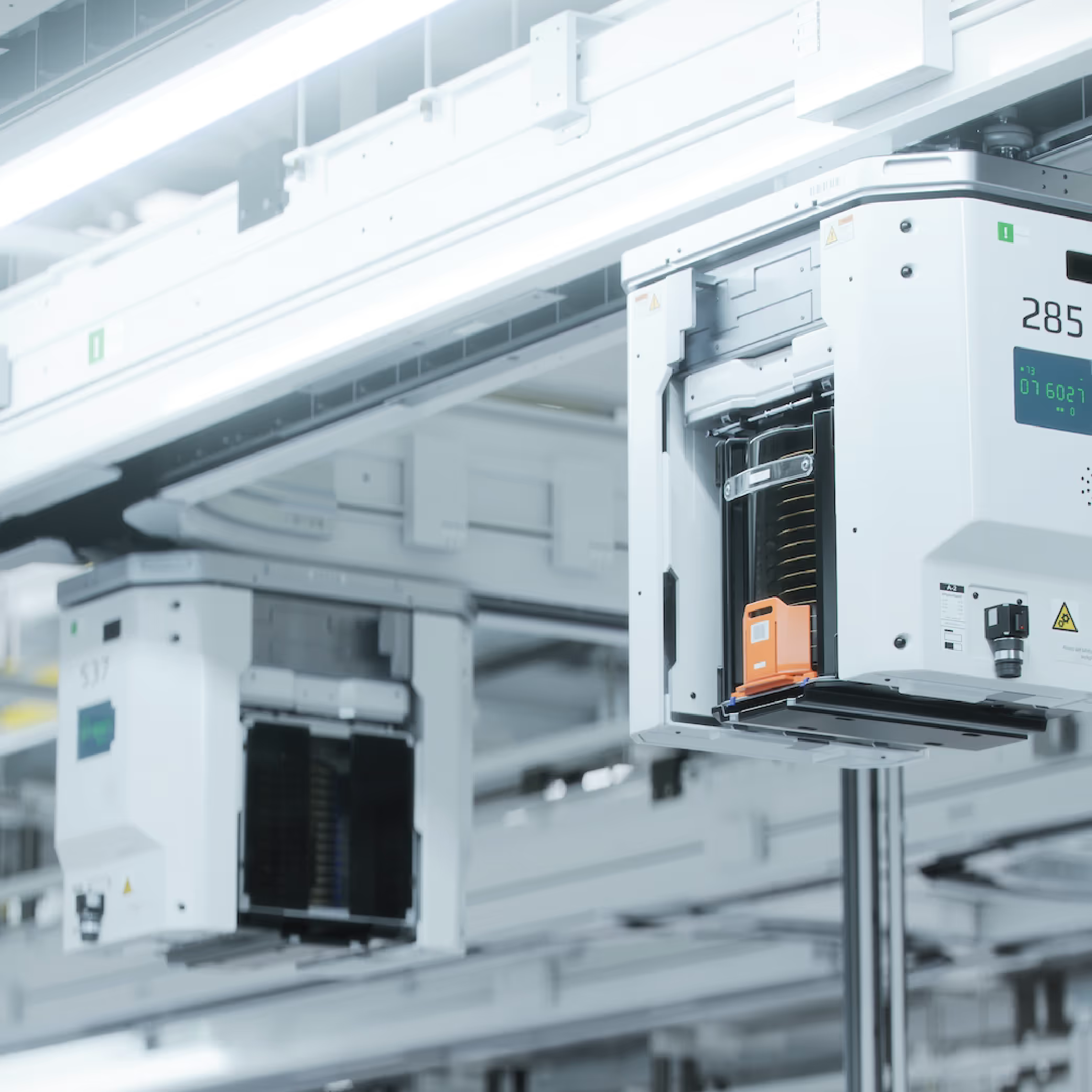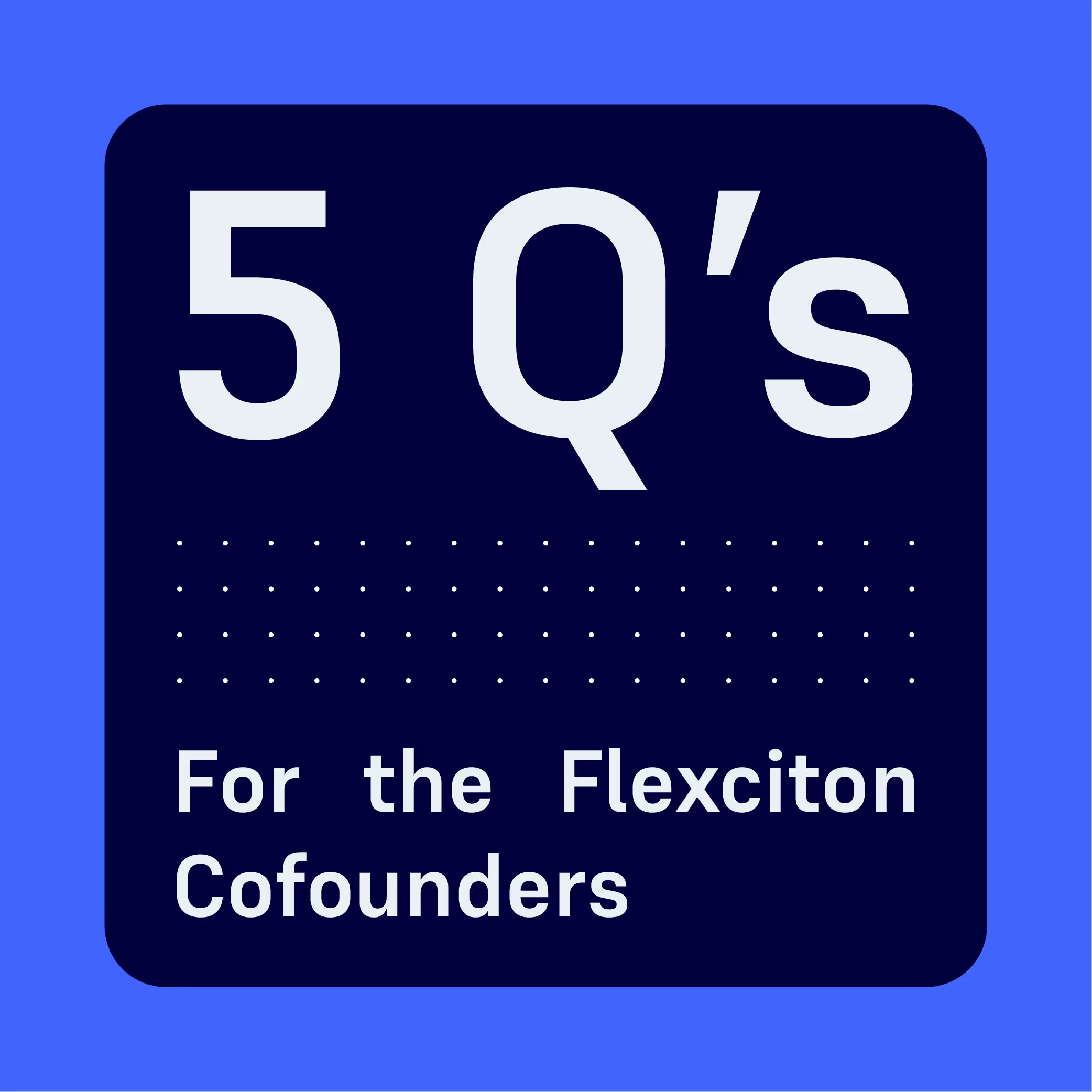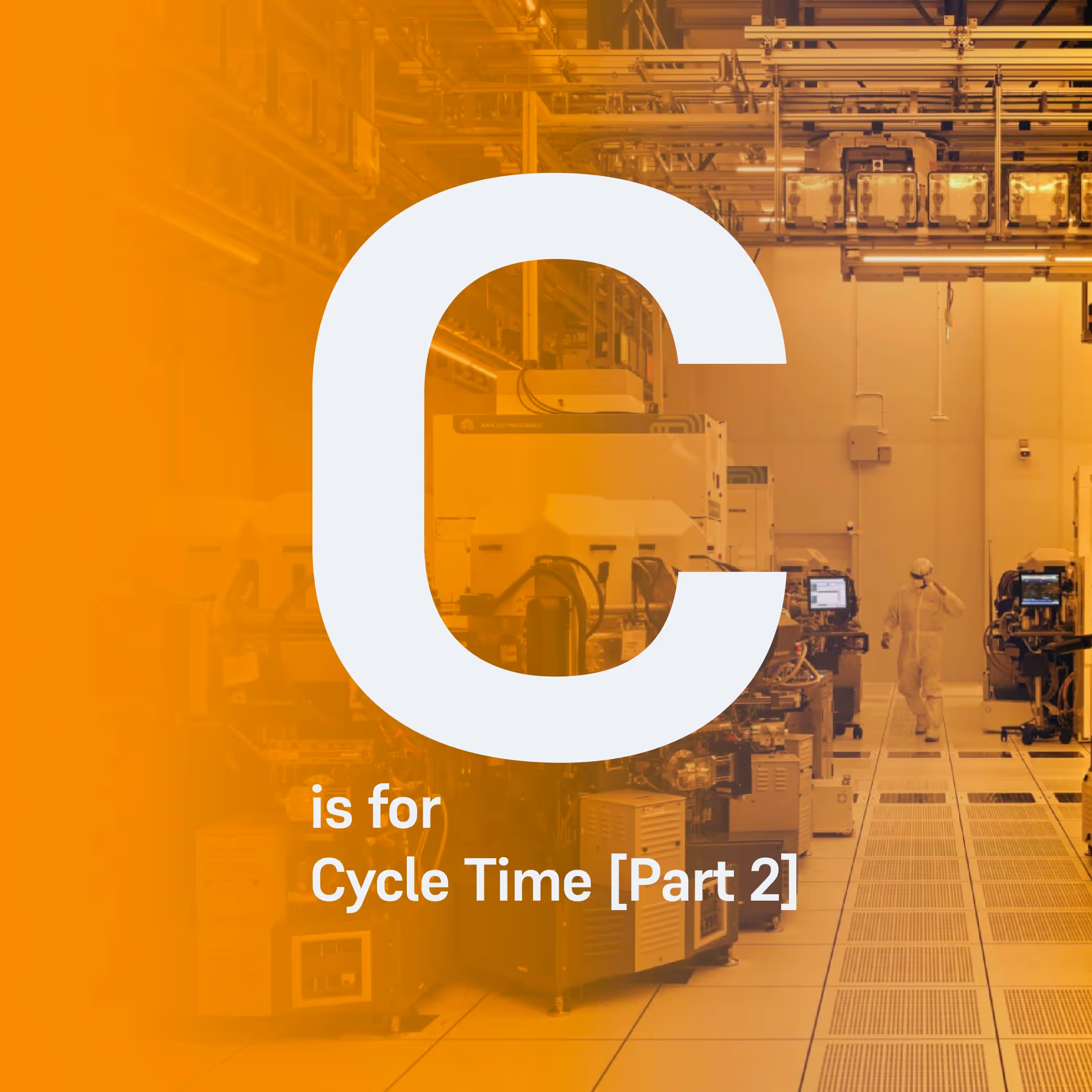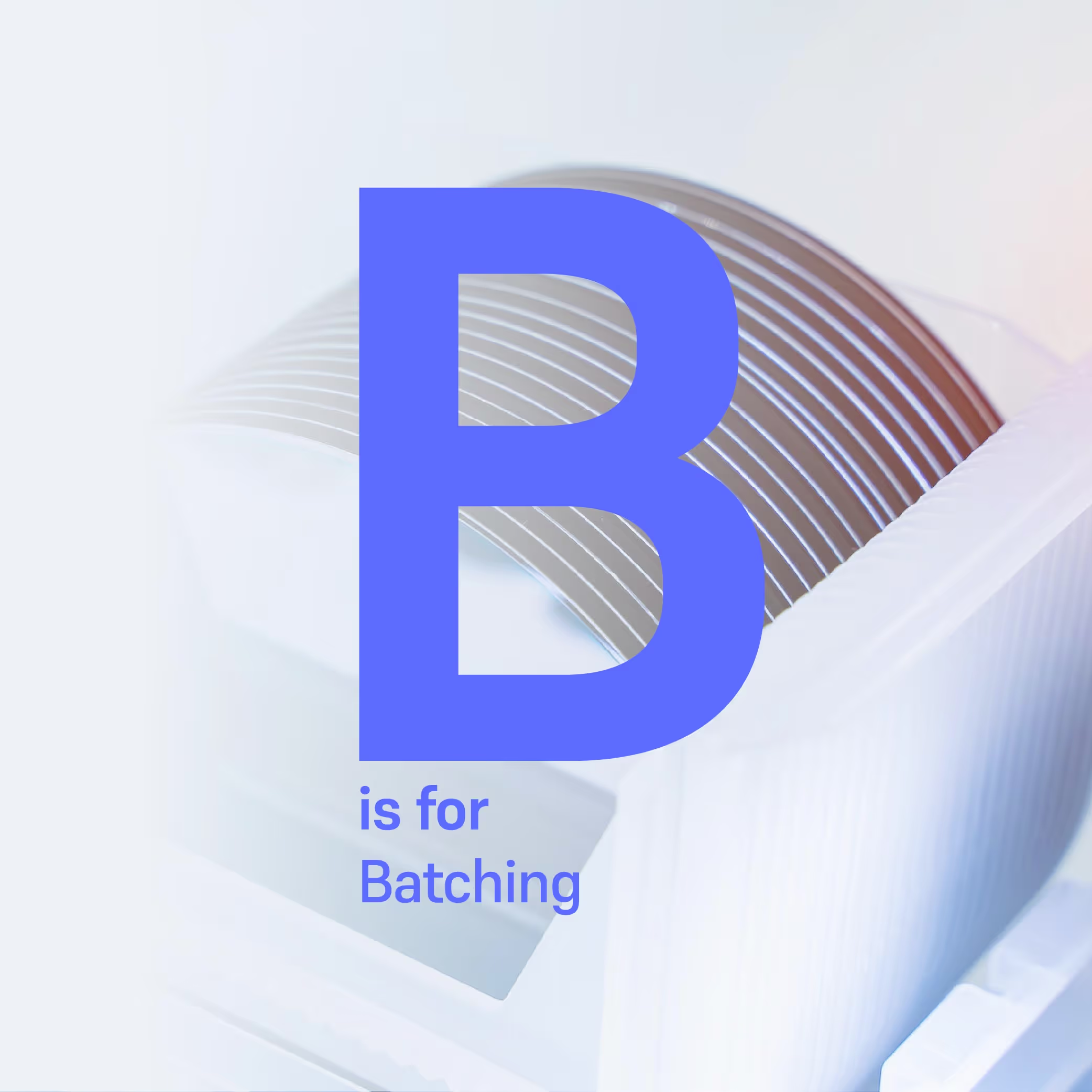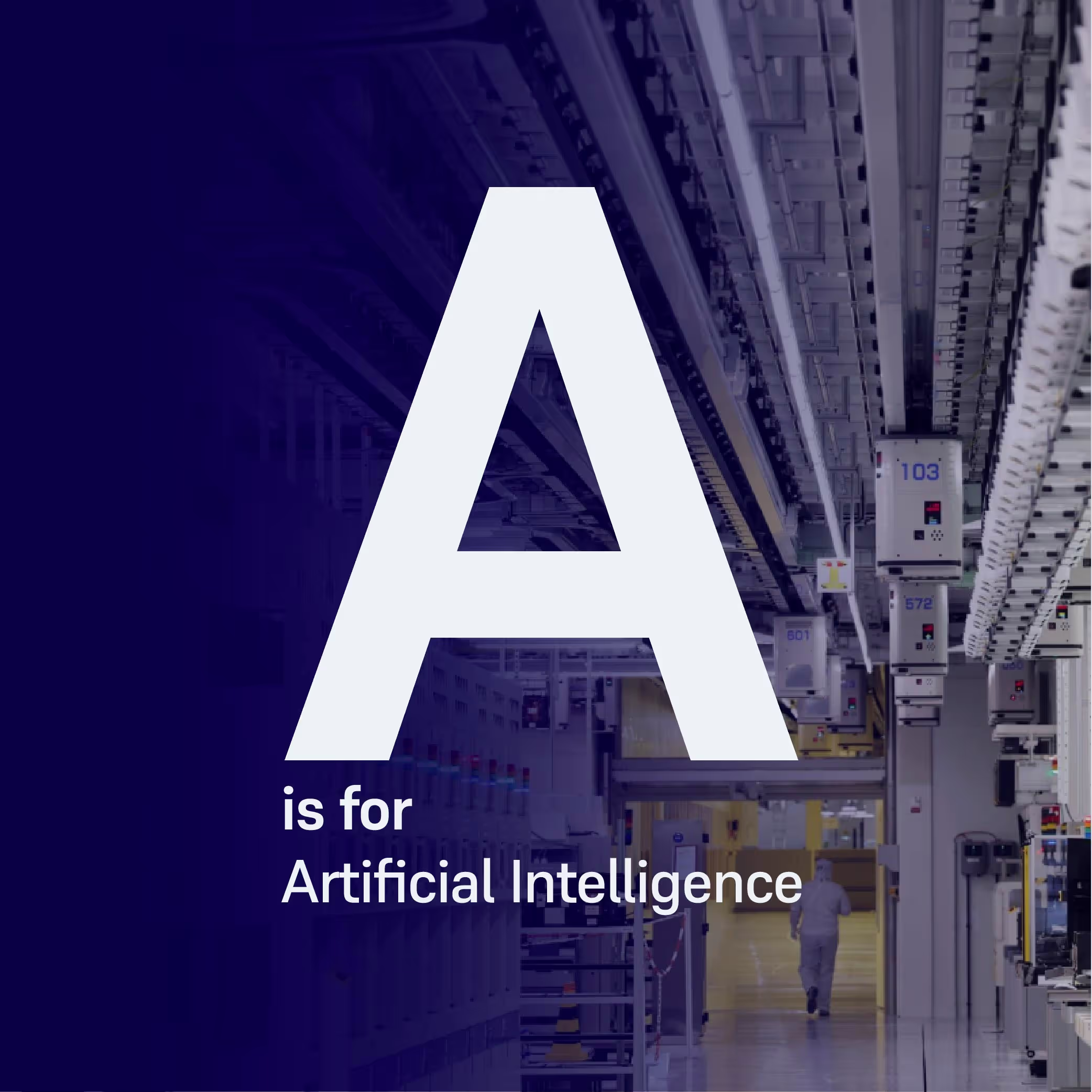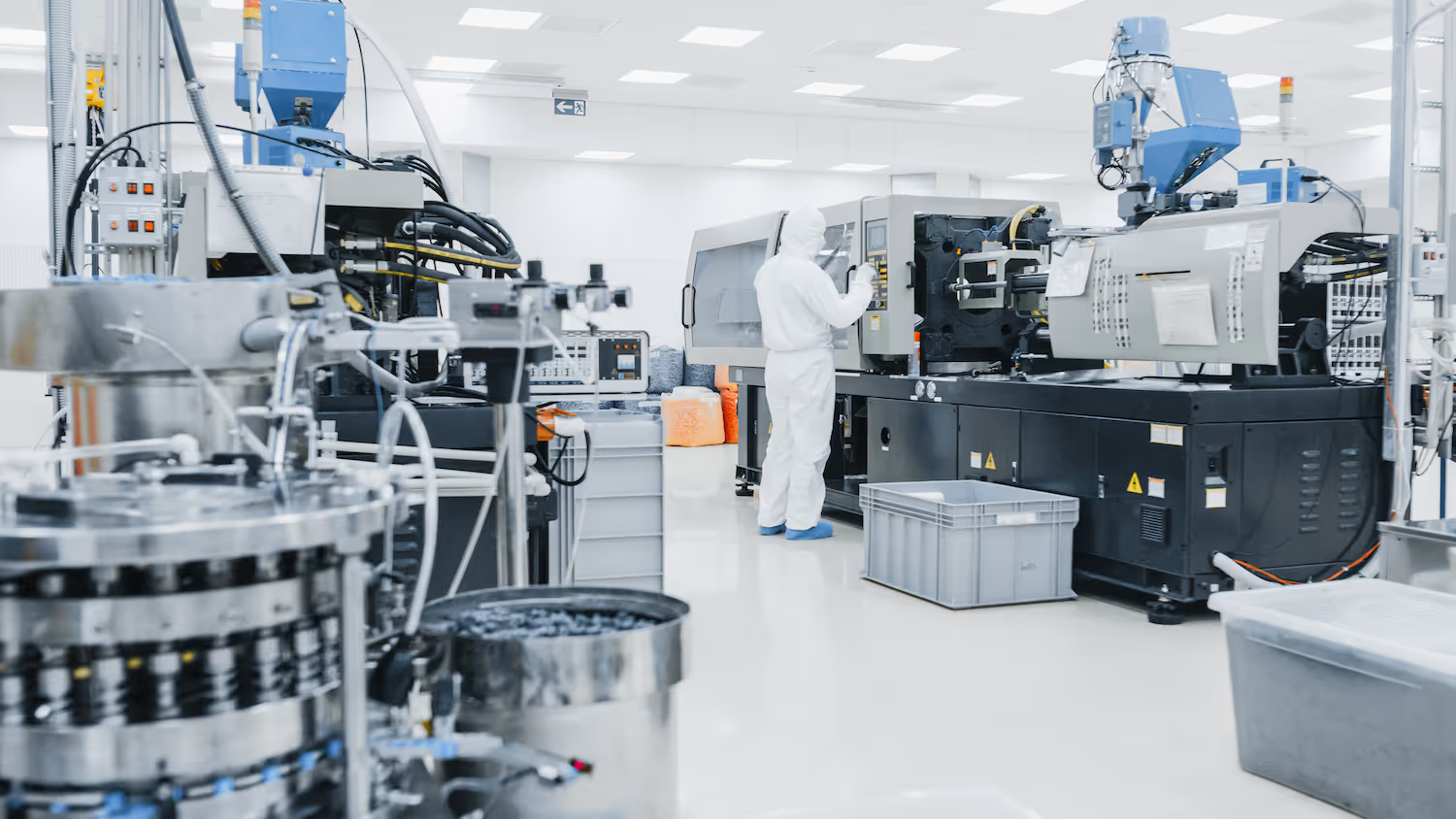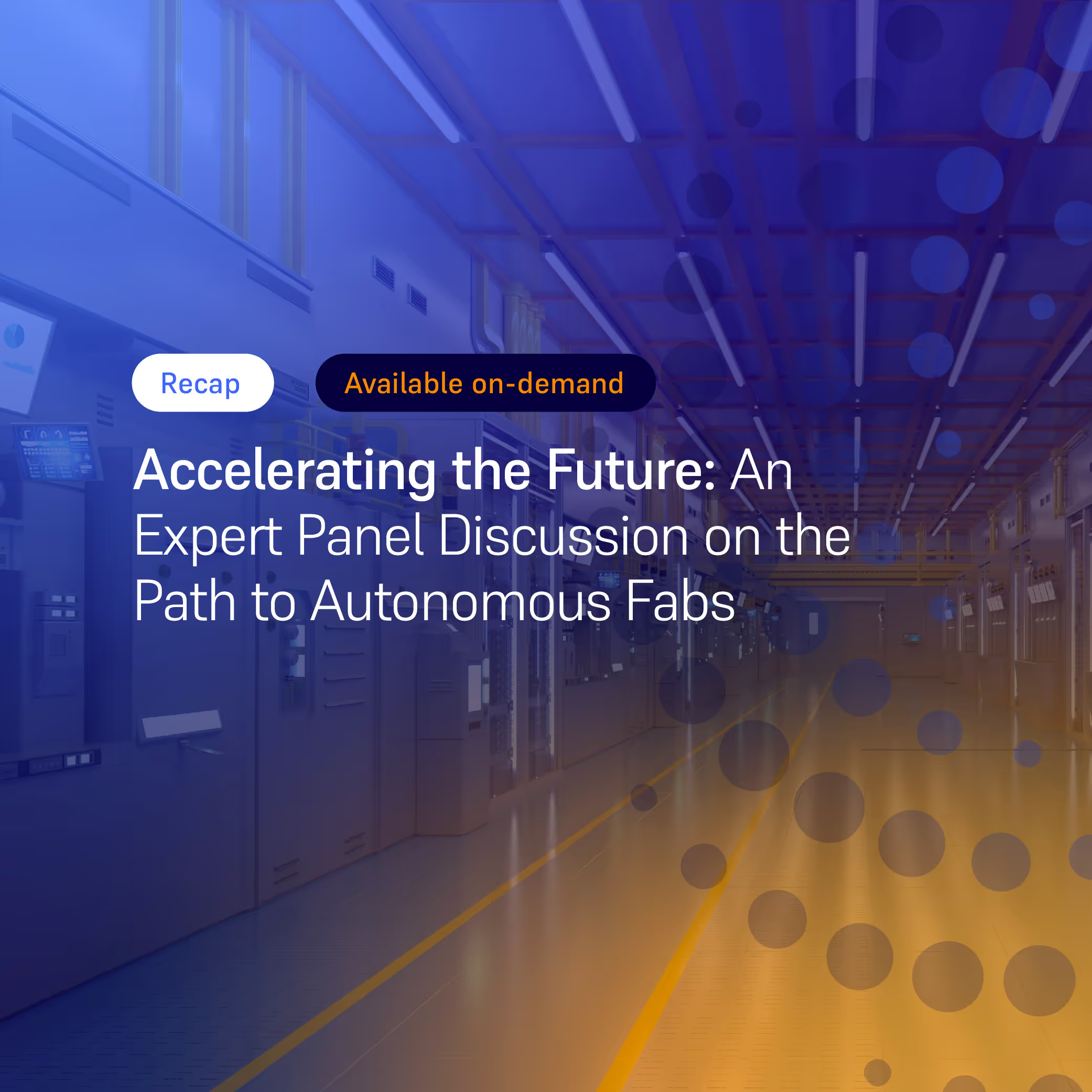Harnessing AI's Potential: Revolutionizing Semiconductor Manufacturing
AI has unquestionably stood out as the prevailing technological theme of the year. This wave of innovation begs the question: how can the semiconductor industry, which stands at the heart of technological progress, leverage AI to navigate its own intricate challenges?

The dominant technological theme of the year is unmistakably clear: artificial intelligence (AI) is no longer a distant future, but a transformative present. From the startling capabilities of conversational ChatGPT to the seamless navigation of autonomous vehicles, AI is demonstrating an unprecedented ability to manage complexity and enhance decision-making processes. This wave of innovation begs the question: how can the semiconductor industry, which stands at the heart of technological progress, leverage AI to navigate its own intricate challenges?
Complexity-driven Challenges
Semiconductor wafer fabs are marvels of modern engineering, embodying a complexity that rivals any known man-made system. These intricate networks of toolsets and wafer pathways require precision and adaptability far beyond the conventional methods of management. The difficulty of this task is compounded by the current challenges that hinder its dynamic pace: a protracted shortage of skilled labor, technological advancement in product designs, and the ever-present volatility of the supply chain.
The latest generation of products is the pinnacle of complexity, with production processes that involve thousands of steps and incredibly intricate constraints. This complexity is not just a byproduct of design; it is an inherent challenge in scaling up production while keeping costs within reasonable limits.
The semiconductor supply chain is equally complicated and often susceptible to disruptions that are becoming all too common. In this context, the requirement for skilled labor is more pronounced than ever. Running fab operations effectively demands a workforce that's not just technically skilled but also capable of innovative thinking to solve problems of competing objectives, improve processes, and extract more value. No small task in an environment already brimming with complexity.
The Need for AI in Semiconductor Manufacturing
As we delve into Industry 4.0, we find ourselves at a crossroads. The software solutions of today, while advanced, are not the panacea we once hoped for. The status quo has simply reshuffled the problems we face; we've transitioned from relying on shop floor veterans' tacit knowledge and intuition to a dependency on people who oversee and maintain the data in digital systems. These experts manning the screens are armed with MES, reporting, and legacy scheduling software, all purporting to streamline operations. Yet, the core issue remains: these systems still hinge on human intelligence to steer the intricate workings of the fabs.
At the core of these challenges lies a common denominator: the need for smarter, more efficient, and autonomous systems that can keep pace with the industry's rapid evolution. This is precisely where AI enters the frame, poised to address the shortcomings of current Industry 4.0 implementations. AI is not just an upgrade—it's a paradigm shift. It has the capability to assimilate the nuanced knowledge of experienced engineers and operators working in a fab and translate it into sophisticated, data-driven decisions. By integrating AI, we aim to break the cycle of displacement and truly solve the complex problems inherent in wafer fabs management. The potential of AI is vast, ready to ignite a revolution in efficiency and strategy that could reshape the very fabric of manufacturing.
Building AI for the Semiconductor Industry
Flexciton is the first company that built an AI-driven scheduling solution on the back of many years of scientific research and successfully implemented it into the semiconductor production environment. So how did we do it?
Accessing the Data
The foundation lies in data – clean, accessible, and comprehensive data. Much like the skilled engineers who intuitively navigate the fab's labyrinth, AI requires a map – a dataset that captures the myriad variables and unpredictable nature of semiconductor manufacturing.
Despite the availability of necessary data within fabs, it often remains locked in silos or relegated to external data warehouses, making it difficult to access. Yet, partnerships with existing vendors can unlock these valuable data reserves for AI applications.
Finding People Who Can Build AI
The chips that enable AI are designed and produced by the semiconductor industry, but the AI-driven applications are developed by people who are not typically found within the sector. They align with powerhouses like Google and Amazon or deep-tech companies working on future-proof technologies. This reveals a broader trend: the allure of semiconductors has diminished for the emerging STEM talent pool, overshadowed by the glow of places where state-of-the-art tech is being built. Embracing this drift, Flexciton planted its roots in London, a nexus of technological evolution akin to Silicon Valley. This strategic choice has enabled us to assemble a diverse and exceptional team of optimization and software engineers representing 22 nationalities among just 43 members. It's a testament to our commitment to recruiting premier global talent to lead the charge in tech development, aiming to revolutionize semiconductor manufacturing.
AI Needs Cloud
The advent of cloud computing marks a significant milestone in technological evolution, enabling the development and democratization of technology based on artificial intelligence. At the core of AI development lies the need for vast computing power and extensive data storage capabilities. The cloud environment offers the ability to rapidly provision resources at a relatively low cost. With just a few clicks, a new server can be initialized, bypassing the traditional complexities of hardware installation and maintenance typically handled by IT personnel.
Furthermore, the inherent scalability of the cloud means that not only can we meet our current computing needs but we can also seamlessly expand our resources as new technologies emerge. This flexibility provides collaborating fabs with the latest technology while avoiding the pitfalls of significant initial investment in equipment that requires regular maintenance and eventually becomes obsolete.
Security within the cloud is an area where misconceptions abound. As a cloud-first company, we often address queries about data security. It's crucial to understand that being cloud-first does not equate to possessing your data. In fact, your data is securely stored in Microsoft Azure data centers, which are bastions of security. Microsoft's commitment to cyber security is reflected in its employment of more than 3,500 professionals whose job is to ensure that data centers are robust and a fortress for data, offering peace of mind that often surpasses the security capabilities of private data centers.
Effective Deployment of AI in Fabs
The introduction of AI-driven solutions within a fab environment entails a significant change in existing processes and workflows and often results in decision-making that diverges from the traditional. This can unsettle teams and requires a comprehensive change management strategy. Therefore the implementation process must be planned as a multifaceted endeavor and deeply rooted in human collaboration.
A successful deployment begins with assembling the right team—a blend of industrial engineers with intimate knowledge of fab operations, and technology specialists who underpin the AI infrastructure. This collective must not only include fab management and engineers but also those who are the lifeblood of the shop floor—individuals who intimately understand the fab's heartbeat.
When it comes to actual deployment, the process is iterative and data-centric. Setting clear objectives is pivotal. The AI must be attuned to the Fab's goals—be it enhancing throughput or minimizing cycle times. Often, the first output may not align with operational realities—a clear indication of the AI adage that the quality of input data dictates the quality of output. It is at this juncture that the expertise of Fab professionals becomes crucial, scrutinizing and correcting the data, and refining the schedules until they align with practical Fab dynamics. With objectives in place and a live scheduler operational, the system undergoes rigorous in-FAB testing.
Change management is the lynchpin in this transformative phase. The core of successful AI adoption is rooted in the project team's ability to communicate the 'why' and 'how'—to educate, validate, and elucidate the benefits of AI decisions that, while novel, better align with overarching business goals and drive performance metrics forward.
Making AI Understandable and Manageable
The aversion to the enigmatic 'black box' is universal. In the world of fabs, it can be a barrier to trust and adoption —operational teams must feel empowered to both grasp and guide the underlying mechanisms of AI models.
We made a considerable effort to refine our AI scheduler by incorporating a feature that enables the user to influence the objective of what our AI scheduler is tasked to achieve and also to understand the decision. Once a schedule is created, engineers can look through those decisions and inspect and interrogate them to understand why the scheduler made these decisions.
Case Studies: Success Stories of AI Deployment
I firmly believe that we are on the cusp of a transformative era in semiconductor manufacturing, one where AI-driven solutions will yield unprecedented benefits. To illustrate this, let's delve into some practical case studies.
The first involves implementing Flexciton's AI scheduler within the complex diffusion area of a wafer fab—a zone notorious for its intricate processes. We aimed to achieve a trifecta of goals: maximize batch sizes, minimize rework, and significantly reduce reliance on shop floor decision-making. The challenge was magnified by the fab's limited IT and IE resources at the time of deployment. Partnering with an existing vendor whose systems were already integrated and had immediate access to essential data facilitated a rapid and efficient implementation with minimal engagement of the fab's IT team. This deployment led to remarkable improvements: clean tools saw 25% bigger batches, and rework in the diffusion area was slashed by 36%.
Another case study details a full fab deployment, where the existing rules-based scheduling system was replaced with Flexciton's AI scheduler. The goal was to enhance capacity and reduce cycle times. The deployment was staged, beginning with simpler areas starting with metrology tools, through the photolithography area and eventually scaling to the entire fab, yielding a global optimization of work-in-process (WIP) flow. The result was a significant increase in throughput and a staggering 75% reduction in manual flow control transactions, a testament to the AI's ability to autonomously optimize WIP flow and streamline operations.
The Autonomous Future of Semiconductor Manufacturing
In closing, the semiconductor industry stands on the precipice of a new era marked by autonomy. AI technology, with its capacity to make informed decisions without human input, has demonstrated not only the potential for improved KPIs but also a significant reduction in the need for human decision-making. The future of semiconductor manufacturing is one where AI-driven solutions consistently deliver superior production results, alleviating the human workload and steering fabs towards their objectives with unprecedented precision and efficiency.
As we embrace this autonomous future, it becomes clear that the integration of AI in semiconductor manufacturing is not just an enhancement of the status quo but a reinvention of it. With each fab that turns to AI, the industry moves closer to realizing a vision where technology and human ingenuity converge to create a landscape of limitless potential.
Author: Jamie Potter, CEO and Cofounder, Flexciton
More resources
Stay up to date with our latest publications.
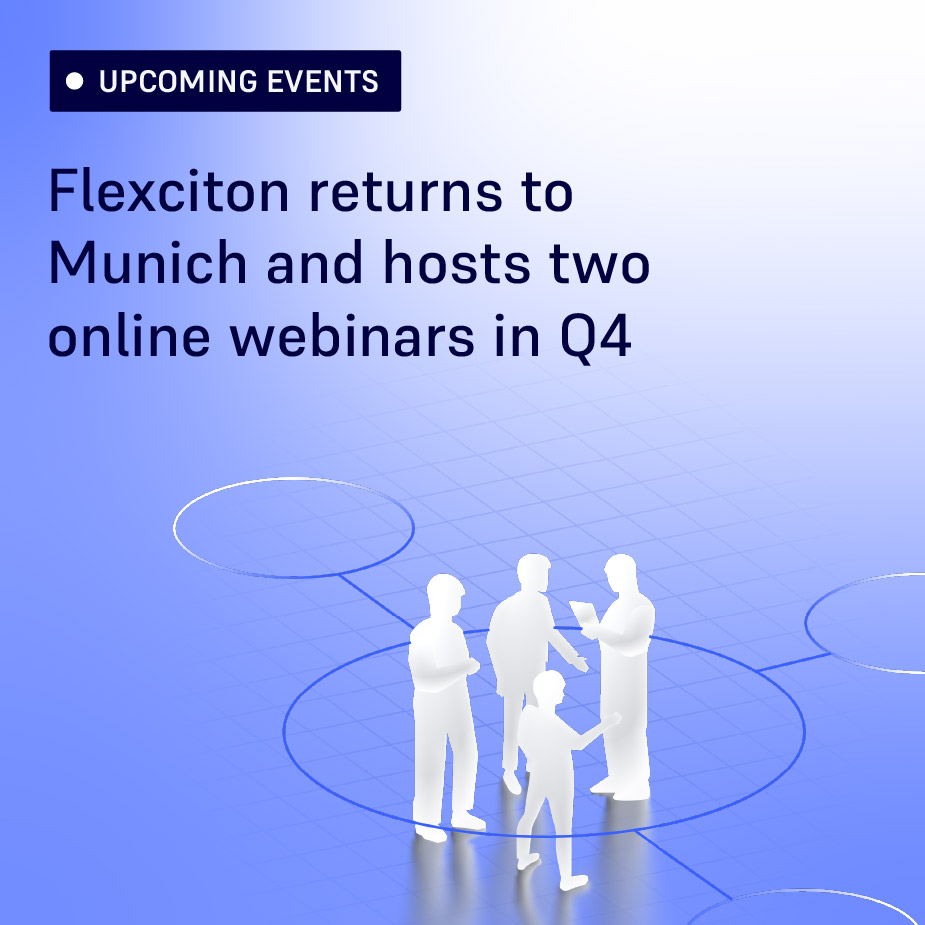
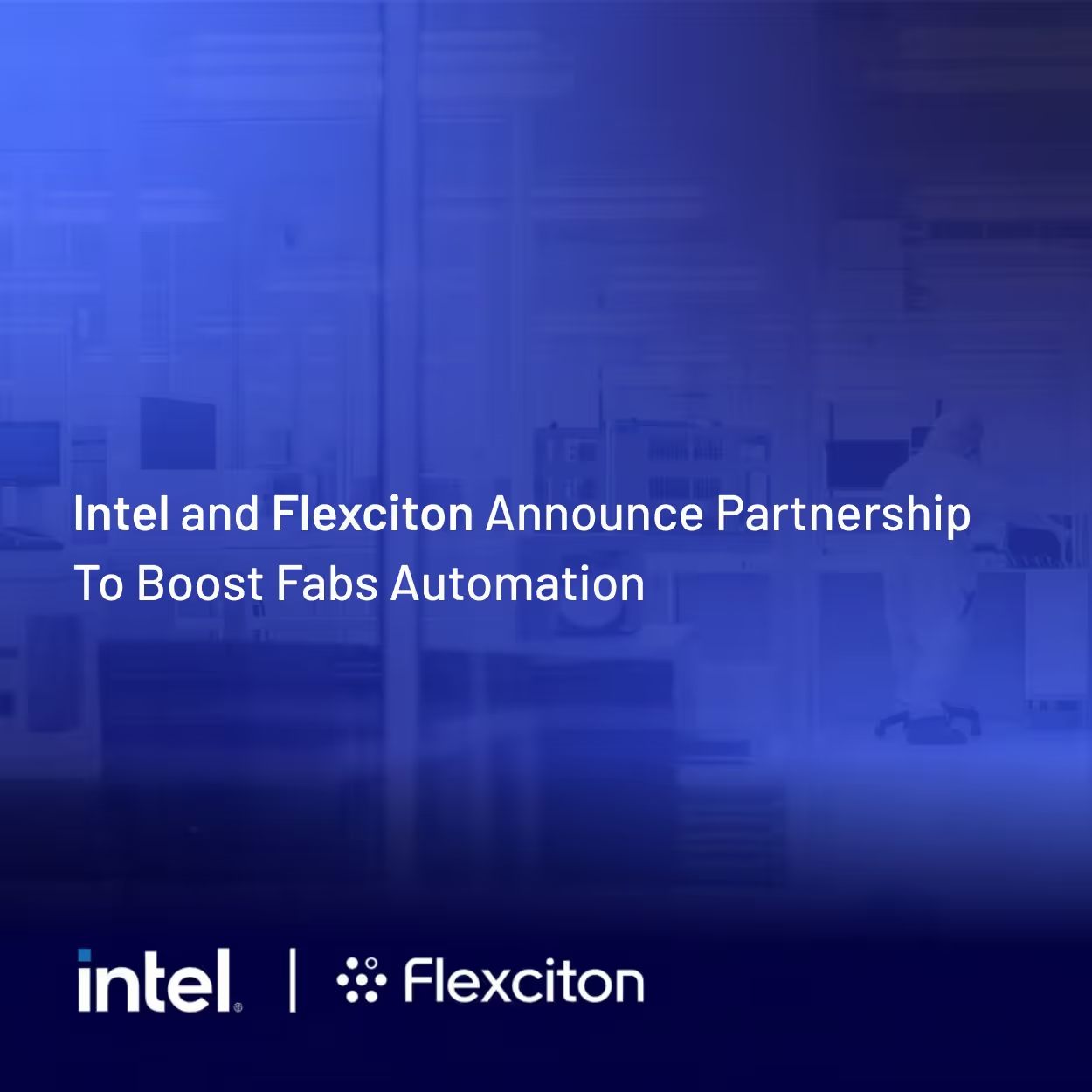



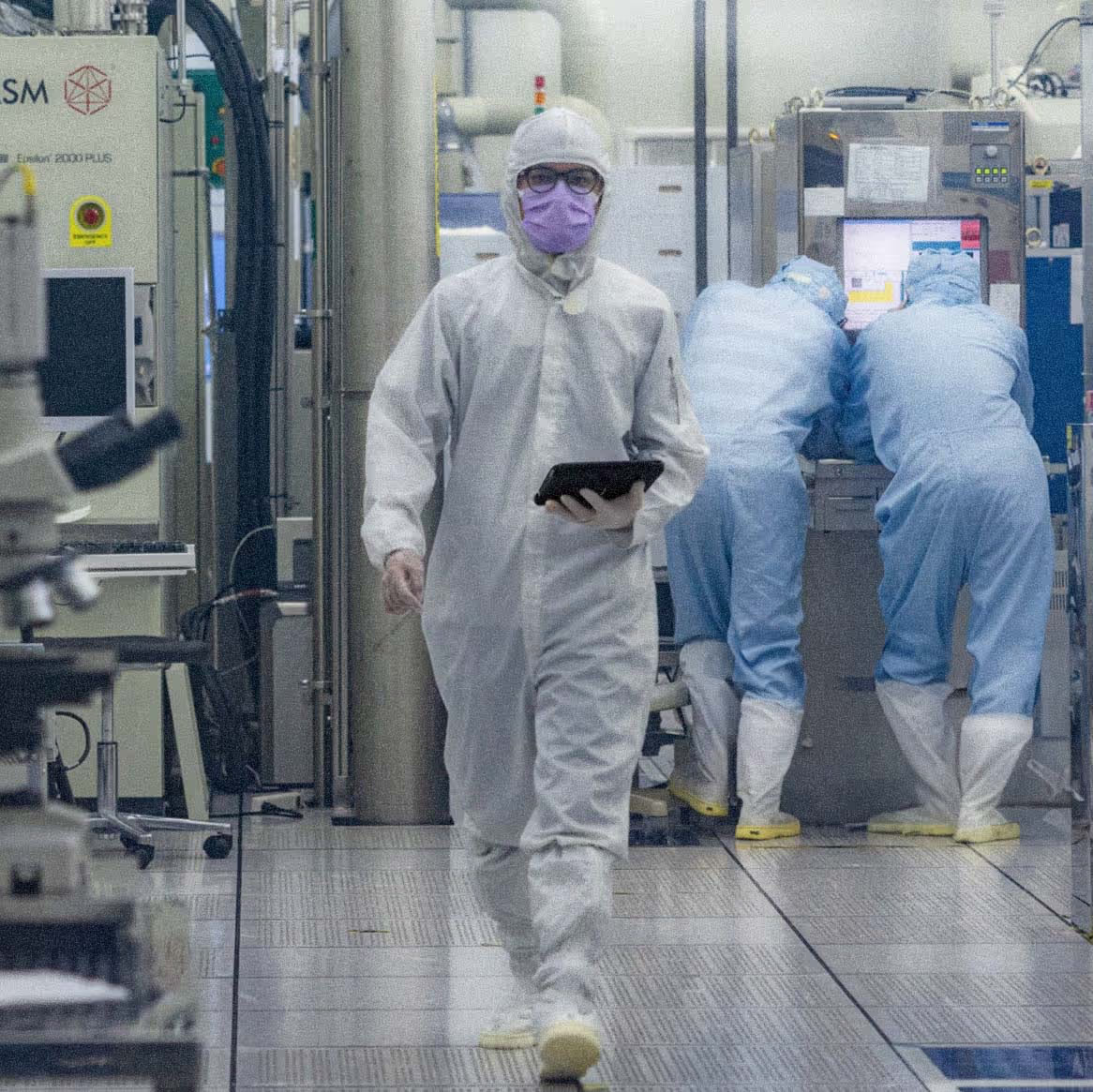
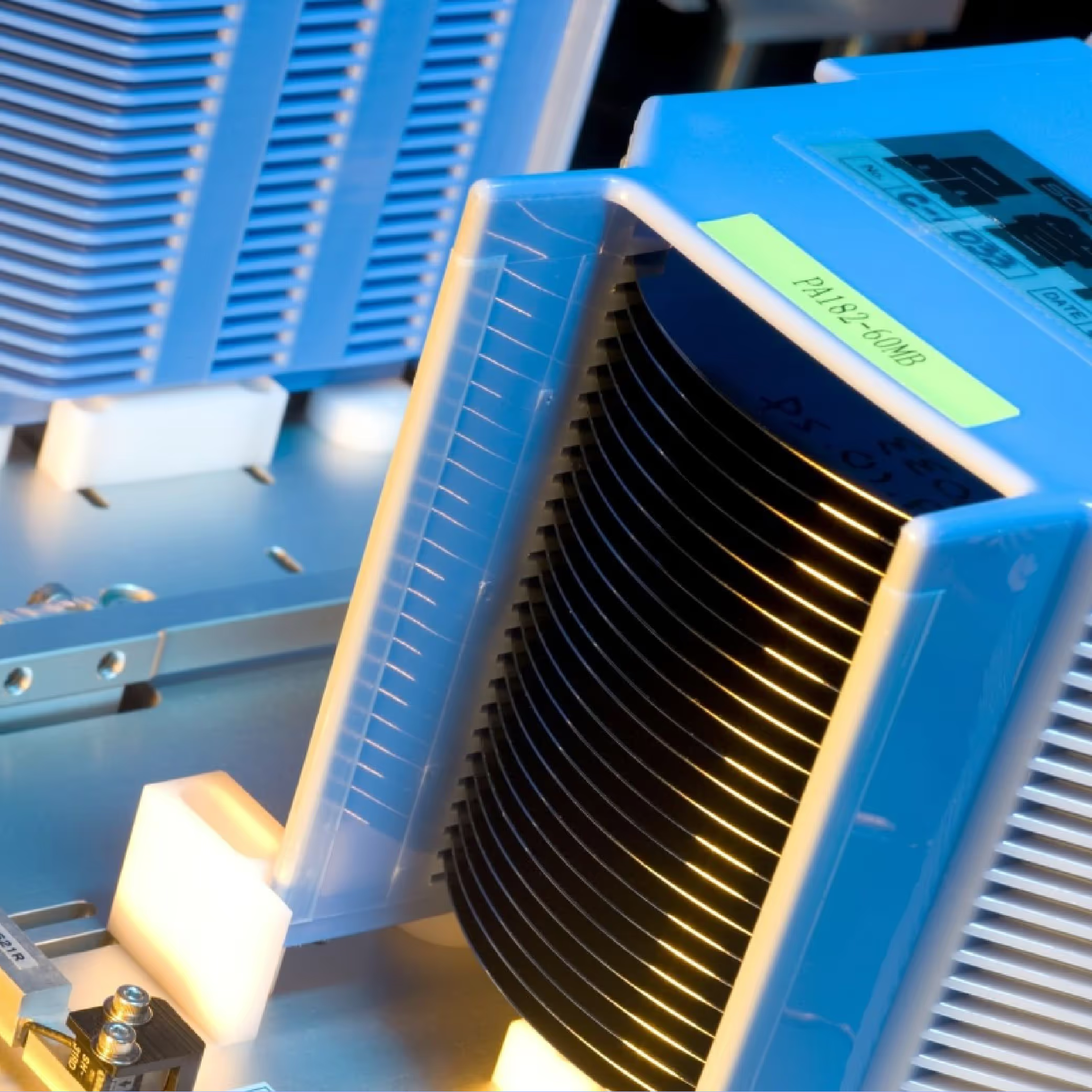
.avif)
.avif)




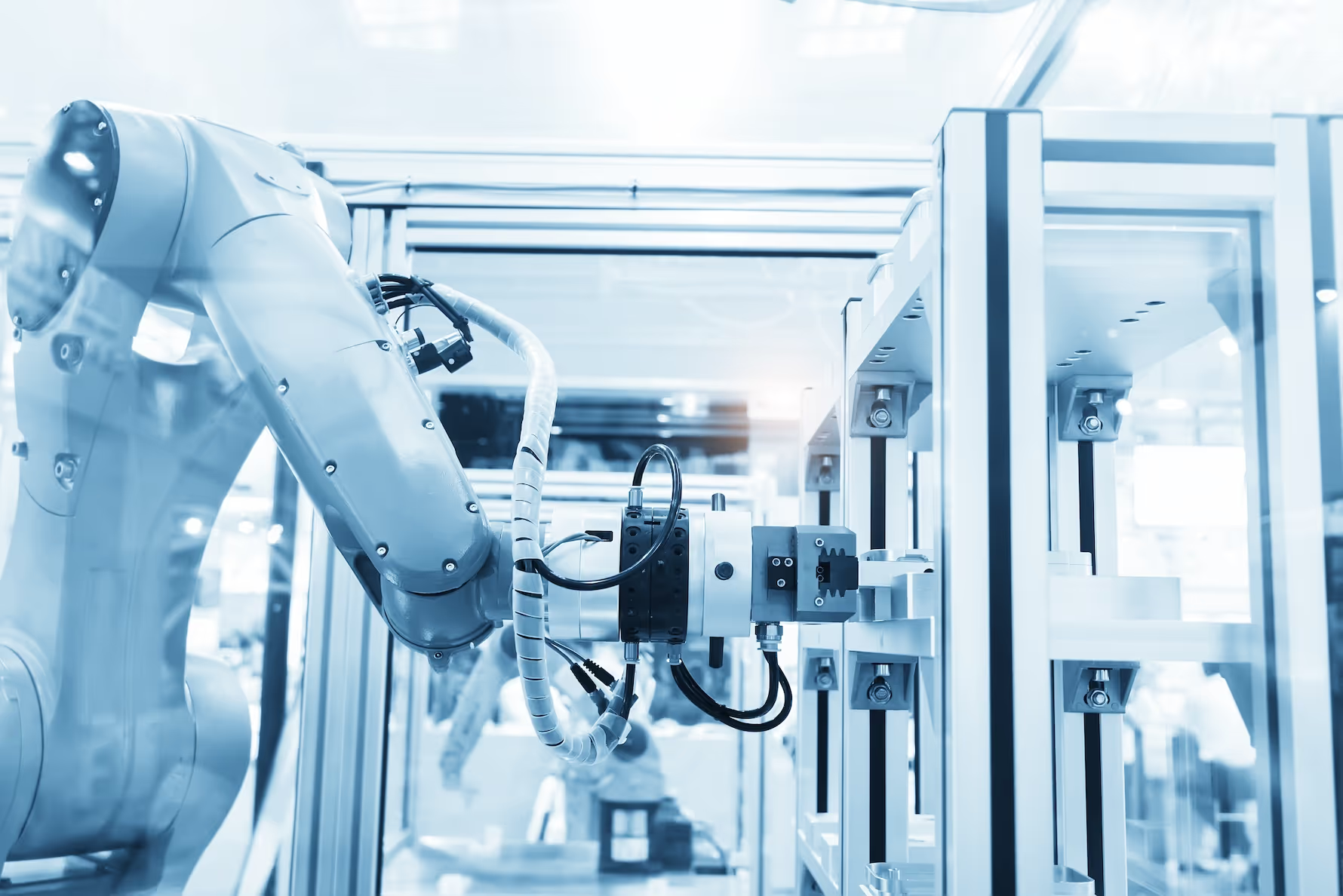











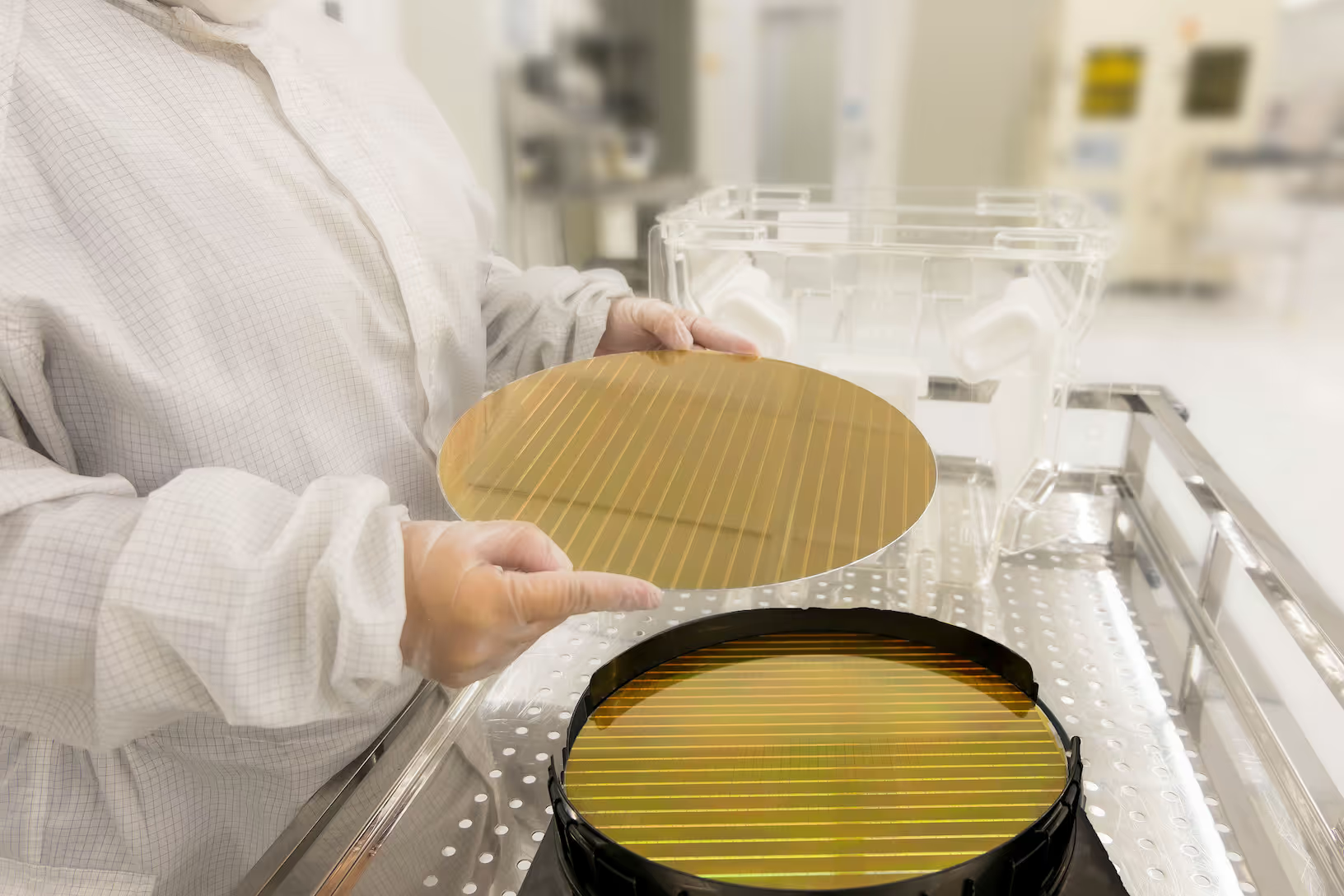

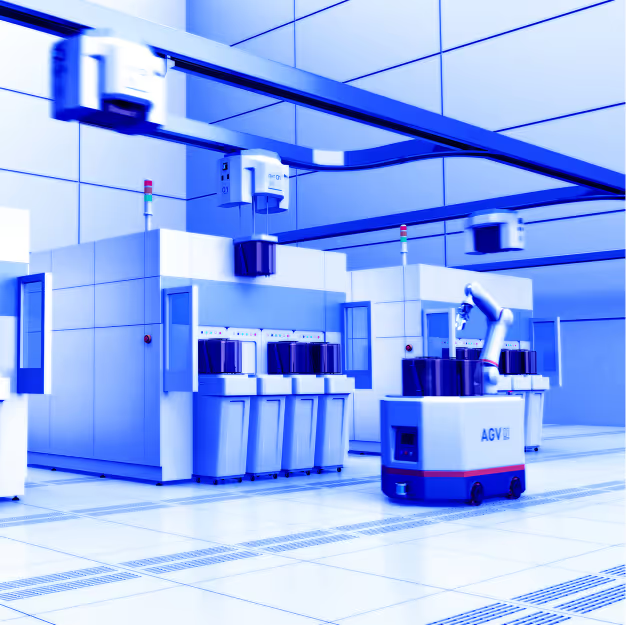
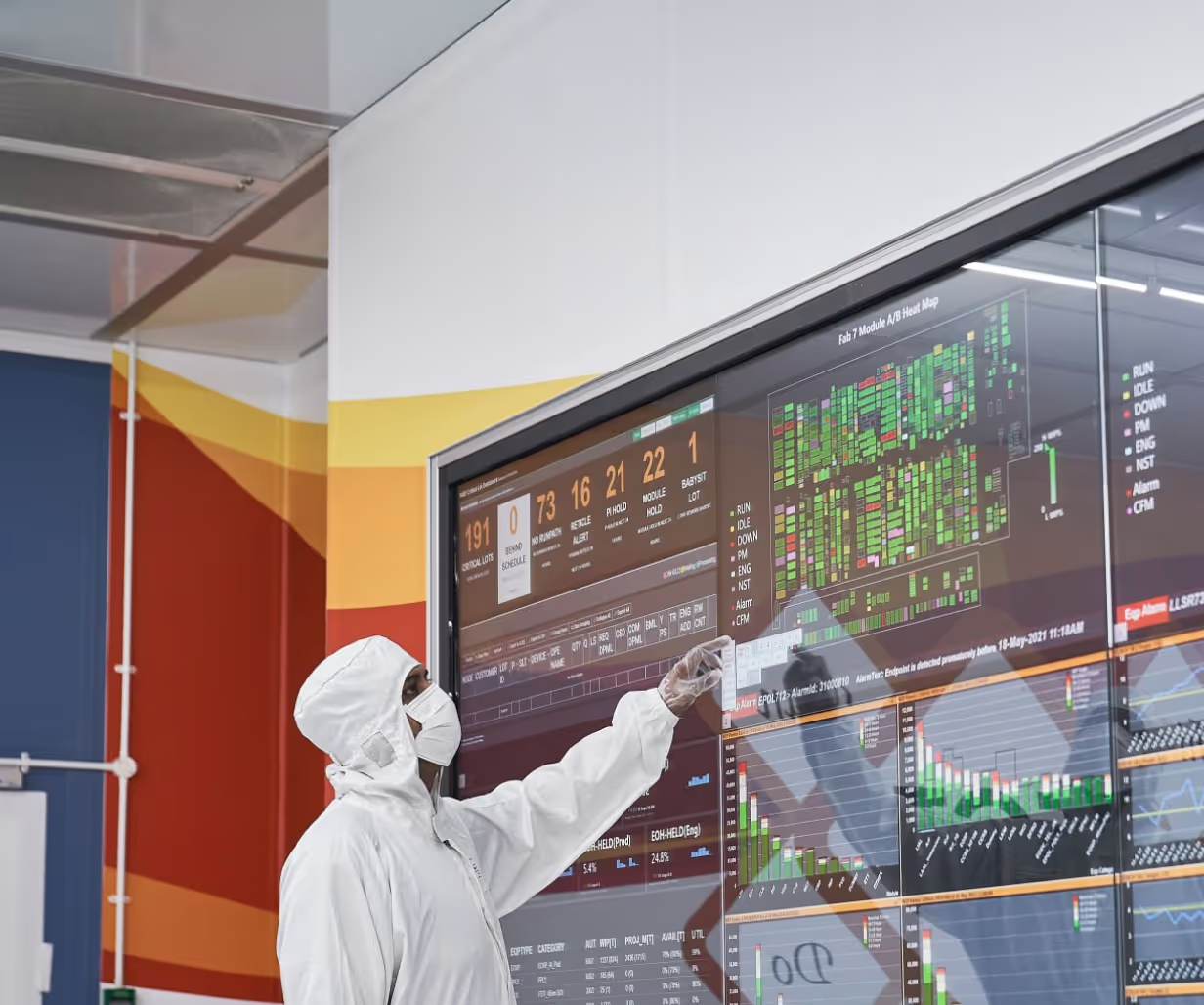


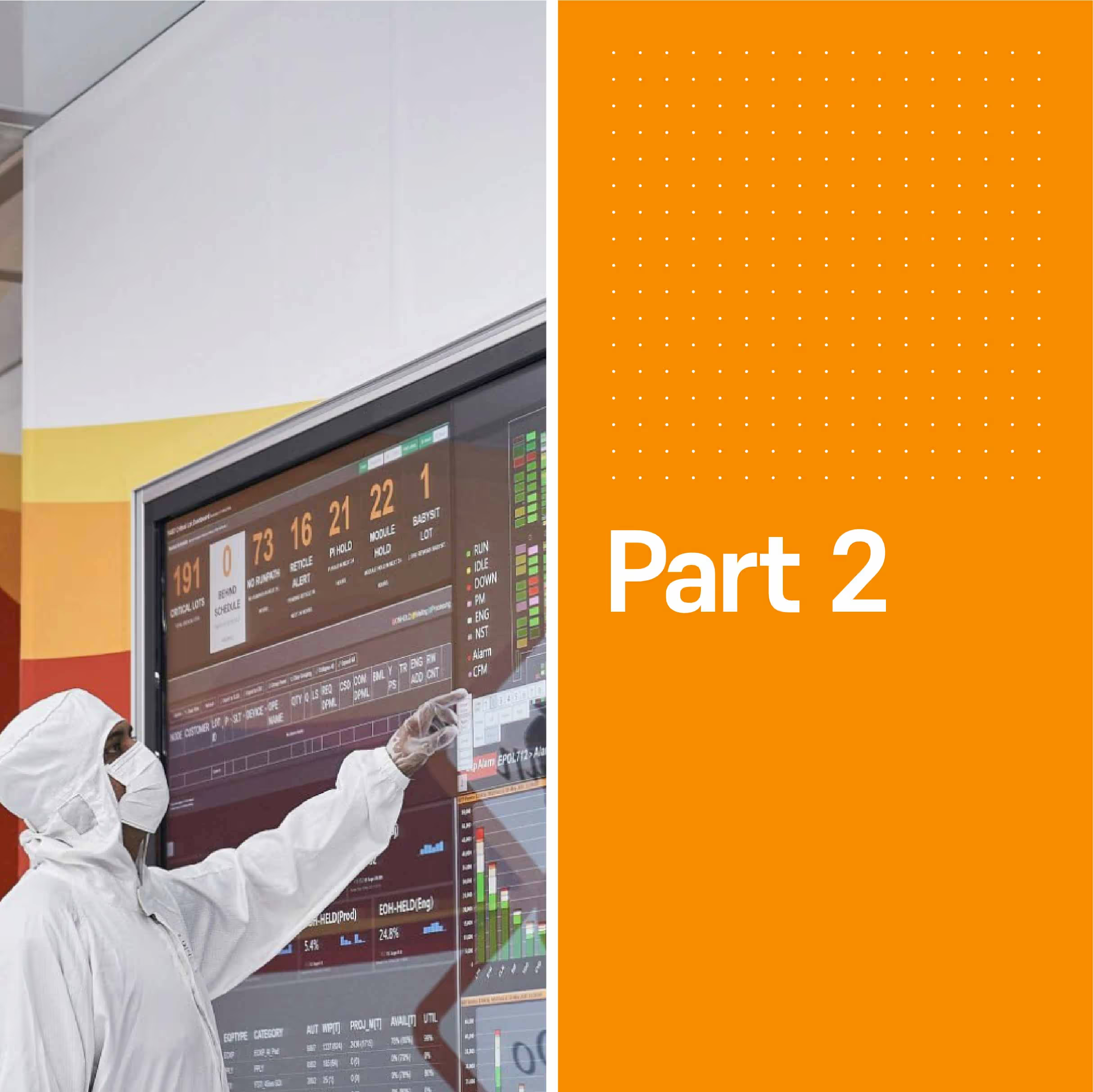

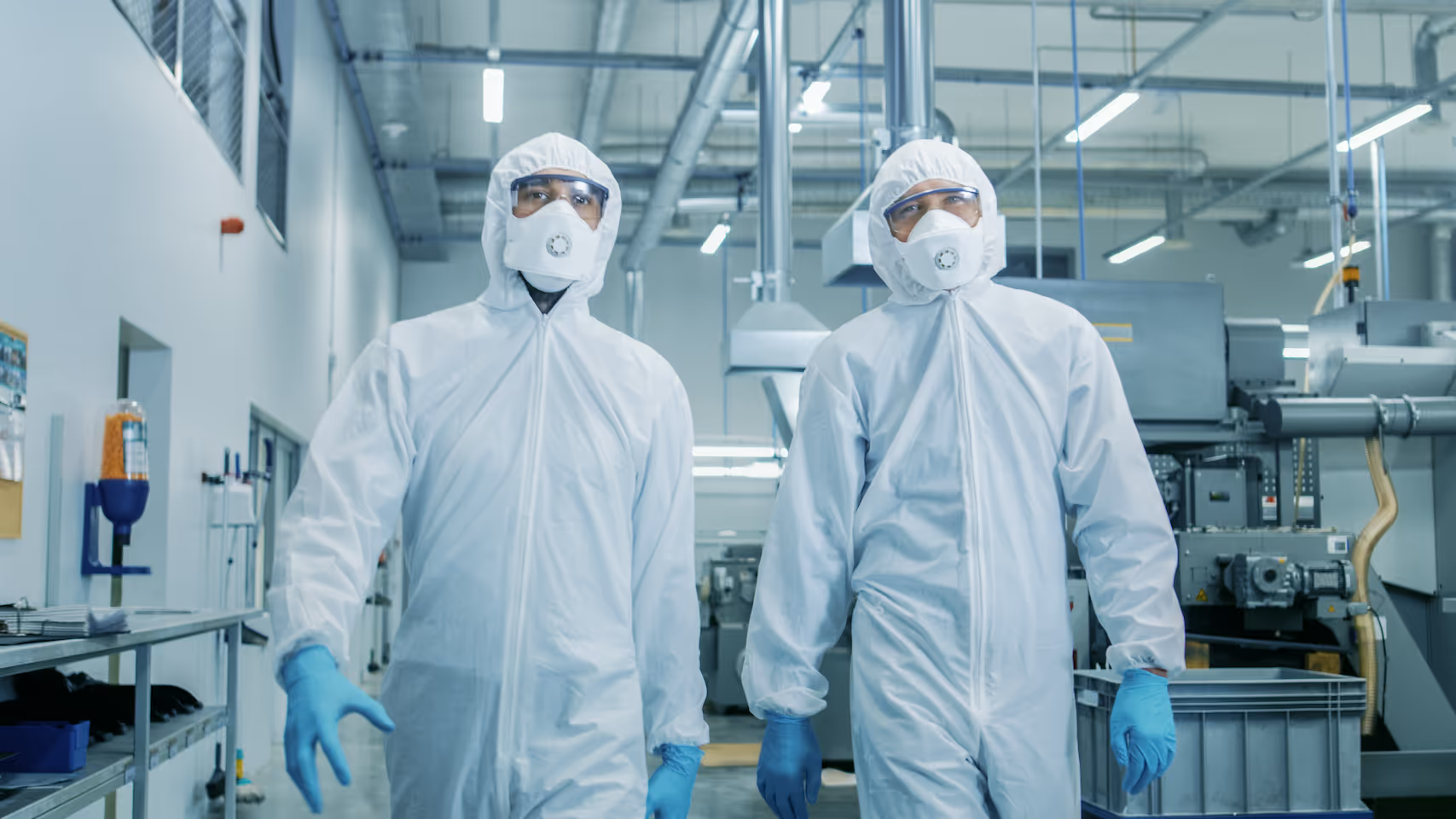

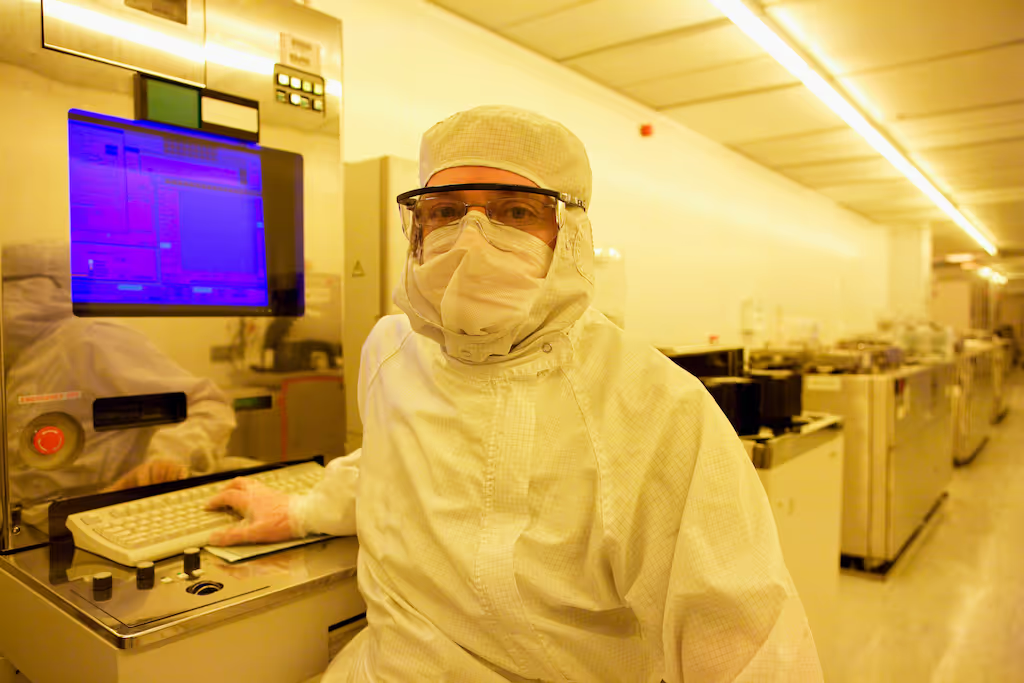

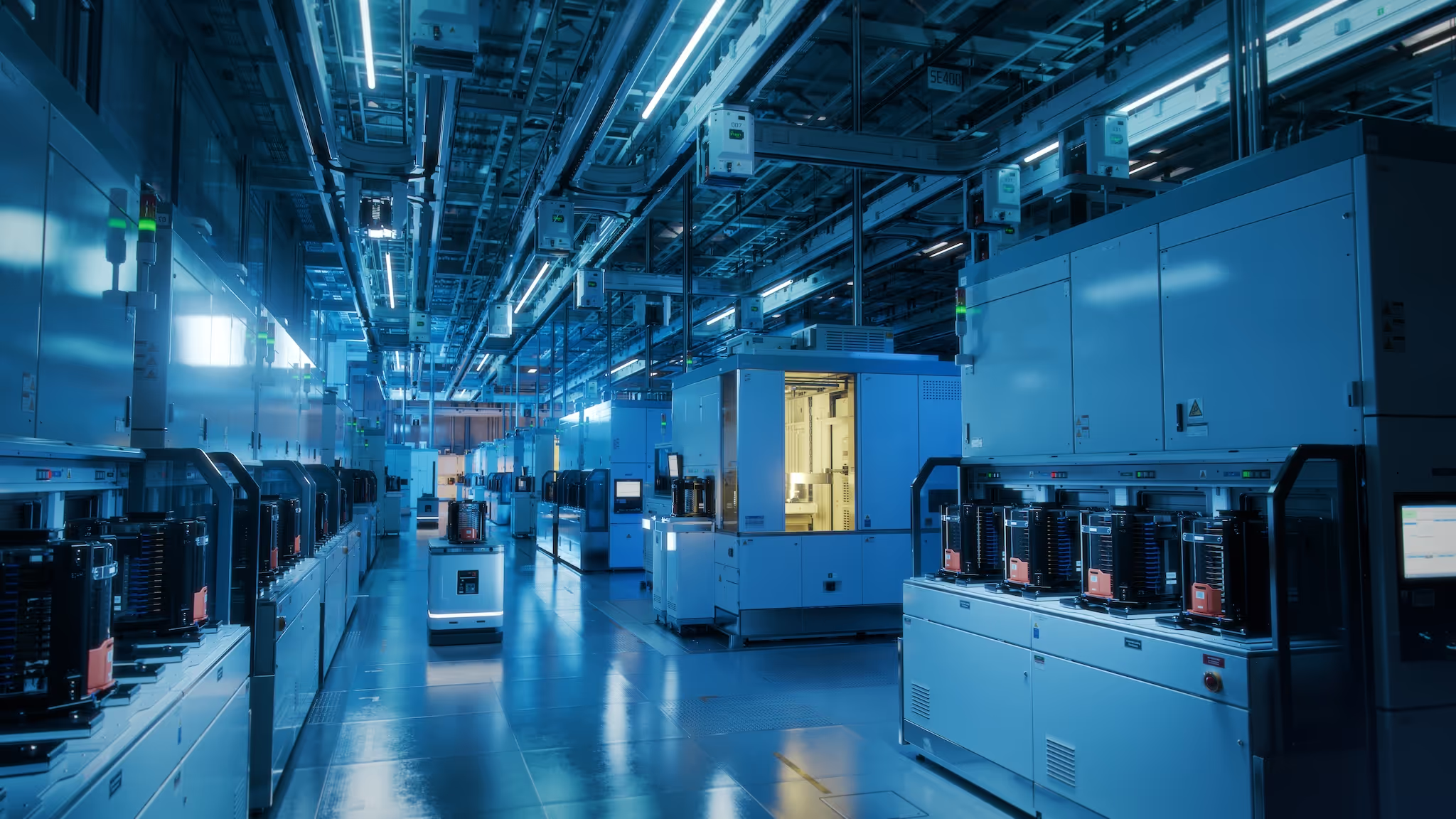

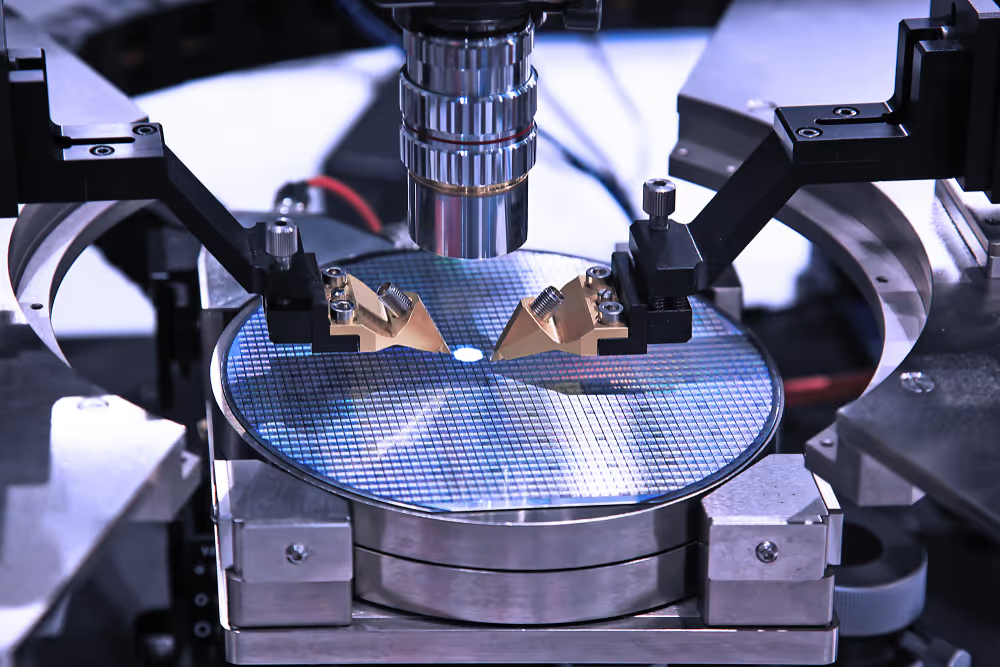
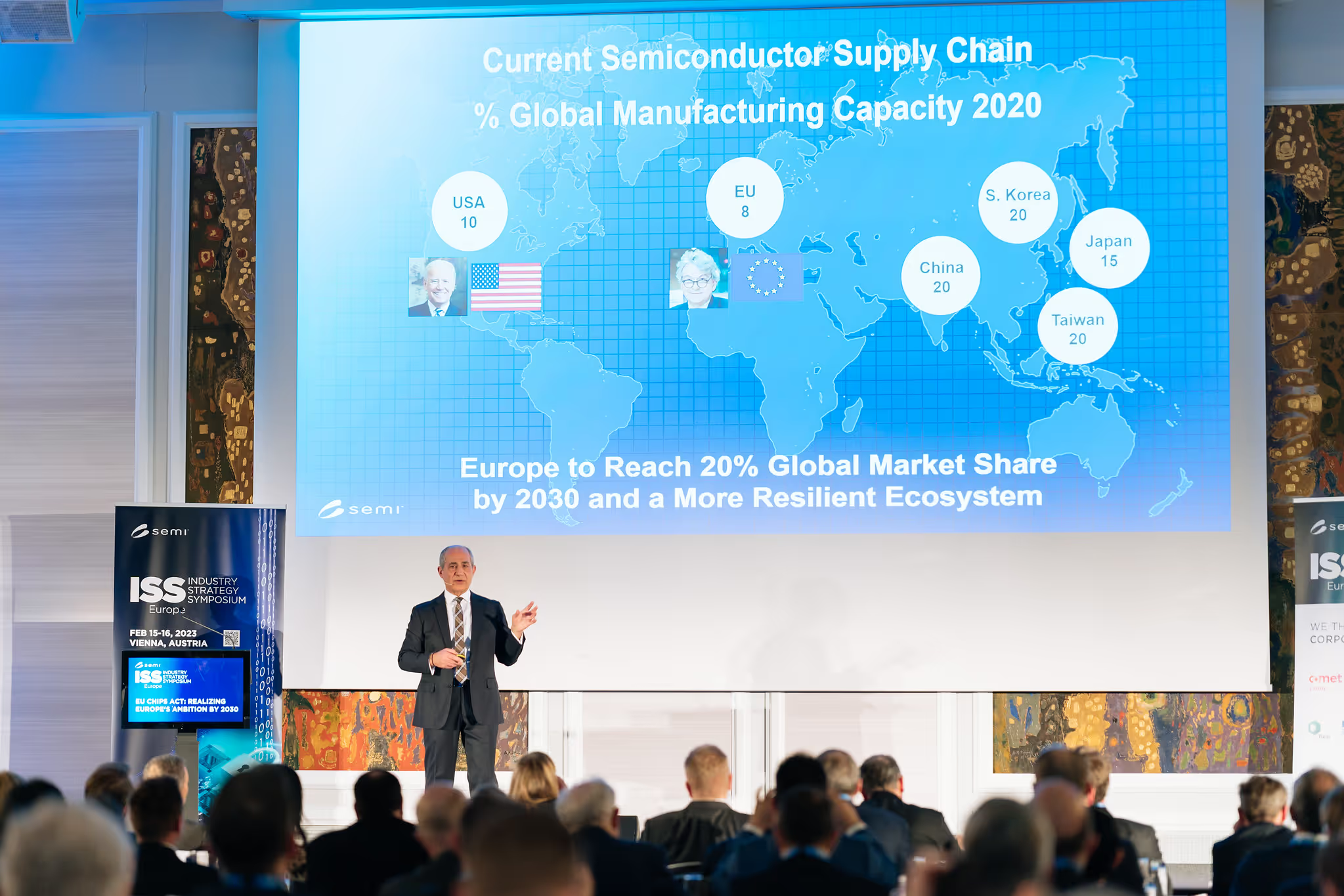

.avif)
